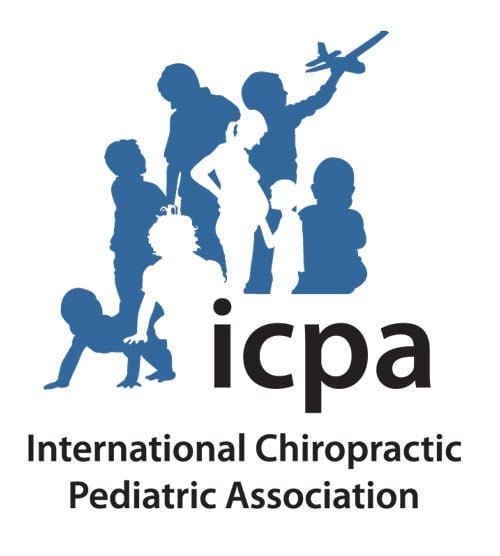![Spinal Decompression Therapy in [dm-citystate]](https://www.getparamounthealth.com/wp-content/uploads/2025/10/Spinal-Decompression-Therapy-in-Kansas.jpg)
Lasting Relief with Non‑Surgical Spinal Decompression in Kansas City
Open up space, feed your discs, and calm irritated nerves—so your body can move and heal the way it’s designed.
Why Discs Hurt — and Why Decompression Helps
Your intervertebral discs are the cushy shock‑absorbers between your vertebrae. They don’t have a direct blood supply after early adolescence. Instead, discs get oxygen and nutrients through movement‑driven diffusion across the bony endplates. When a disc is under chronic compression (from sitting, repetitive strain, or injury), it can’t move enough to pull in nutrients or push out waste. Over time, that can mean a bulging or herniated disc, inflammation, and nerve irritation.
Decompression gently lowers the pressure inside the disc and the surrounding joints. This helps:
- Create space so discs can draw in fluid and nutrients again
- Reduce nerve pressure that can cause sharp leg pain, numbness, or tingling
- Restore movement so your spine functions better day‑to‑day
At Paramount Health, we often pair decompression with targeted nutrients (for connective tissue, collagen, and mitochondrial support) and precise chiropractic adjustments to reinforce better motion.
What Non‑Surgical Spinal Decompression Is
Our computer‑guided table applies gentle, rhythmic traction to a specific spinal level. Sensors continuously adjust the pull to keep muscles relaxed and avoid “guarding.” Sessions are comfortable—you can breathe and relax while the table does the work.
A typical plan
- 10-15 minute sessions
- 2–3 times per week initially, then taper as you improve
- Combined with home mobility work, hydration, and nutrients
You may be a good candidate if you have:
- Low back pain that worsens with sitting or bending
- Sciatic‑type pain, tingling, or weakness down one leg
- Bulging or herniated disc, degenerative disc disease, or facet irritation
We’ll always assess you first. If your exam points to a condition that needs medical imaging or a referral, we’ll guide you.
What You’ll Feel
Most patients describe a gentle stretching sensation and a feeling of “pressure relief.” After a few visits, it’s common to notice:
- Less sharp or shooting pain
- Easier transitions (getting out of the car, bending, lifting)
- Better sleep because the leg pain/tingling settles down
Why We Pair Decompression with Nutrition & Movement
Because discs rely on movement for nutrition, we focus on re‑introducing healthy motion and feeding the tissue:
- Targeted nutrients that support collagen and connective tissue integrity
- Mobility drills that pump the discs (cat‑cow, prone press‑ups, walking)
- Gentle core activation to stabilize so changes hold
Safety and Fit
Non‑surgical decompression is gentle and non‑invasive. It’s not for everyone; we screen carefully and coordinate with your medical team as needed.
Your First Visit
- Consult & Exam – We’ll map your pain, motion, and nerve findings.
- Personalized Plan – If decompression is a match, we’ll outline frequency, adjunct care, and at‑home steps.
- First Session – You’ll feel a gentle, rhythmic stretch; most people leave feeling “lighter.”
Ready to breathe again without that nerve pain? Call 816-200-7104 or Book Online to schedule your decompression evaluation.
FAQs
Is decompression the same as traction?
They’re related, but modern decompression uses computerized feedback and specific angle/level targeting to help the disc pressure drop while keeping muscles relaxed.
How soon will I feel relief?
Some notice ease in the first few visits; deeper tissue changes build over several weeks. Your timeline depends on how long you’ve had symptoms, your daily habits, and your overall health.
Will it fix my herniated disc?
Many herniations shrink over time when pressure and inflammation fall and motion normalizes. Our goal is to create the conditions for the body to heal and to help you move—and live—better.
Do I have to keep doing it forever?
No. We taper frequency as symptoms improve and teach you simple movements that keep your spine fed and happy.
References
- University of Pennsylvania Orthopaedic Journal. Trans-endplate diffusion across the spectrum of disc degeneration (2024).
- Journal of Bone & Mineral Research. Disc degeneration and reduced transport across endplates (2020).
- Cochrane Review. Traction for low-back pain with or without sciatica (2013 update). (Evidence is mixed; best used as part of a comprehensive plan.)

